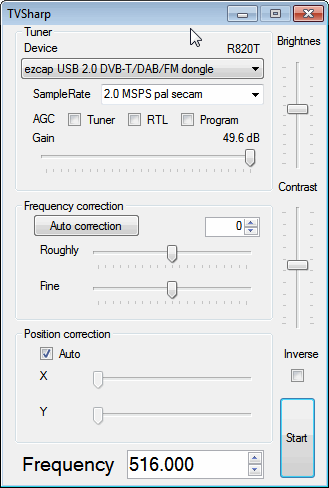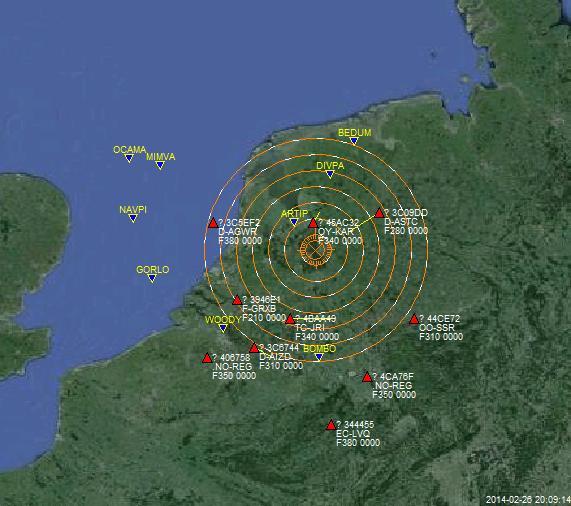Real Time GPS Positioning with the BladeRF
Over on YouTube user taroz1461 shows real time GPS positioning done in software using a BladeRF. The BladeRF is a ~$400 software defined radio which similar specs to the HackRF and compared to the RTL-SDR is capable of receiving much larger bandwidths and transmitting.
To do this decoding he used RTKLIB and his own GNSS-SDRLIB software which is a Windows GUI program. We aren’t sure if this software will work with the RTL-SDR, but we note that other people have had success with GPS positioning and the RTL-SDR.



